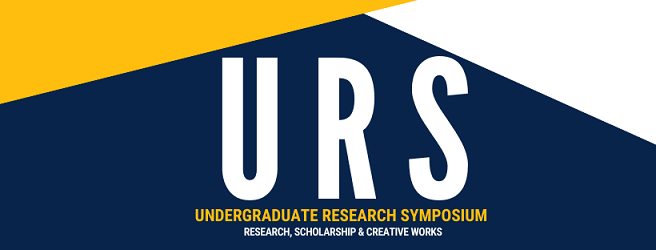Faculty Sponsor
Gerianne Friedline
Final Abstract for URS Program
This study aims to investigate the history of American Sign Language (ASL) in public schools, analyze where ASL education is today, and provide potential solutions to improving the quantity and quality of ASL classes within public high schools. A significant body of research focusing on preK-2nd grade students and research with primary concentration on students who are Deaf or hard of hearing has already been developed. However, developing effective methods for teaching ASL to hearing people is a relatively new and under researched area. ASL was not officially recognized as a language until the 1950s. It wasn’t until 2011 that Missouri first permitted ASL to be used for foreign language credit in public high schools and postsecondary education. ASL in public education is quickly becoming a developing area of study and practice. Providing ASL class options increases inclusivity within schools and their surrounding communities. Learners also benefit from positive cognitive impacts gained when learning a signed language, and also prosper from becoming bilingual. Yet, there is unexplored value in aiming central research specifically at hearing students at a secondary level. Classes in high school for hearing students in addition to those who are Deaf and hard of hearing deserve more attention within educational research. Theoretically, cognitive acceleration seen in elementary students can be expected in secondary students and provide lifelong benefits such as improved literacy and mastery of the students spoken language as well as enhanced appreciation for diversity within academic communities comprised of Deaf, hard of hearing, and hearing individuals.
Document Type
Presentation
Included in
American Sign Language Commons, Bilingual, Multilingual, and Multicultural Education Commons, Disability and Equity in Education Commons, Secondary Education Commons


